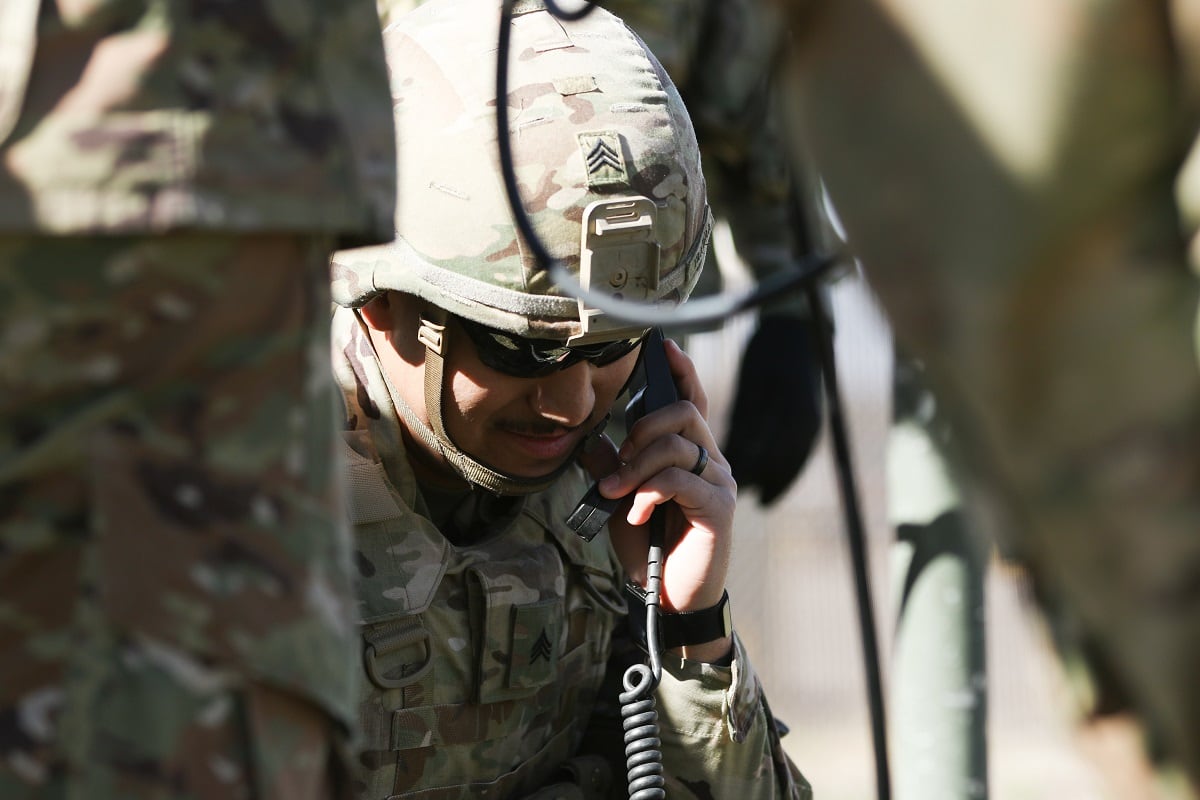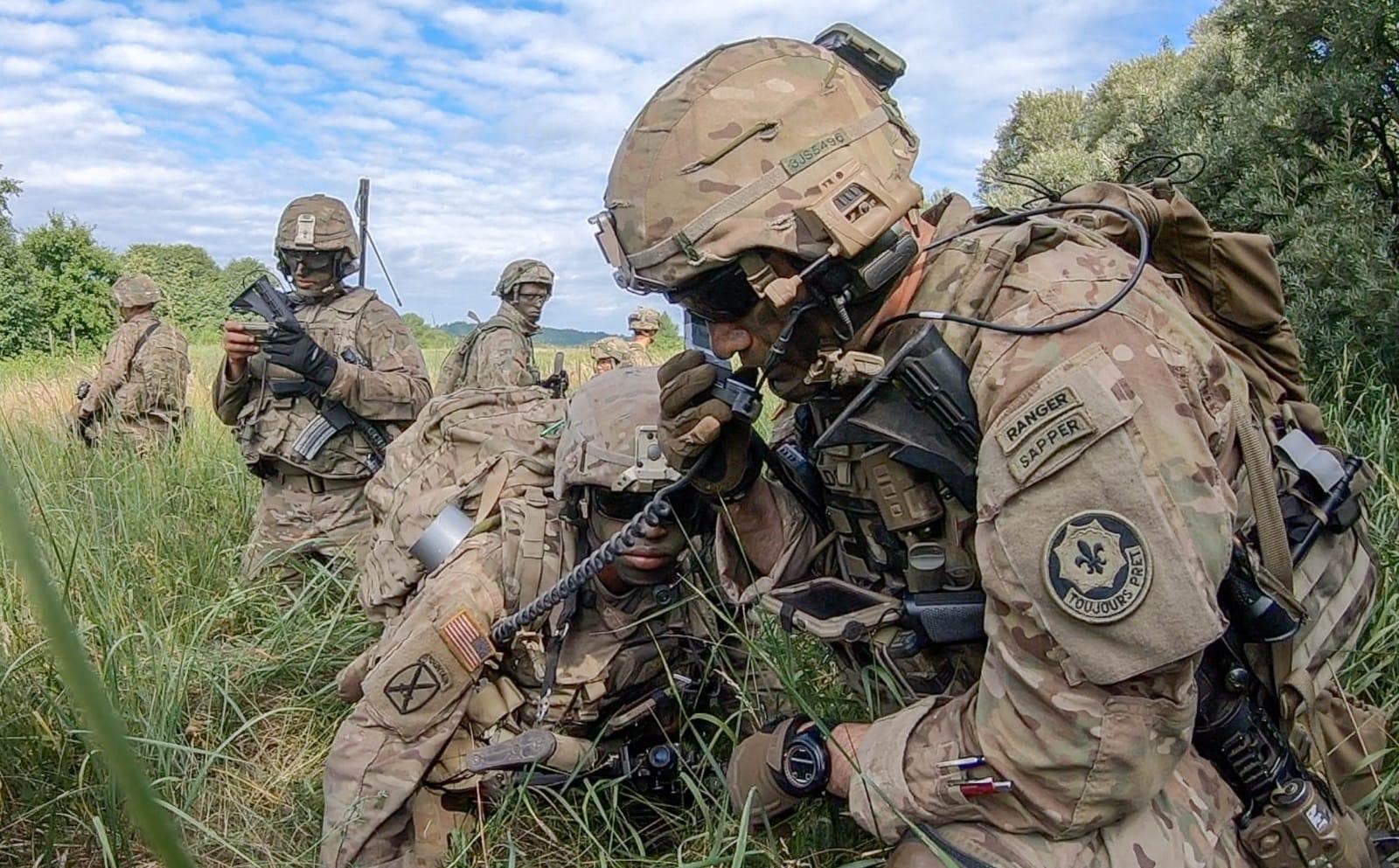Army program officials have been open about technologies and benefits when it comes to modernizing the service’s tactical network. But how does the actual user community feel?
“It’s not the perfect network, but it is 10 times better than the one we have right now,” Maj. Gen. Jim Mingus, commander of the 82nd Airborne Division, told reporters at the annual Association of the U.S. Army conference, held Oct. 14-16 in Washington.
Many units within the 82nd have tested from the beginning aspects of what the Army is calling the Integrated Tactical Network (ITN), but 3rd Brigade Combat Team, 82nd Airborne Division will be the first full brigade in the Army that gets equipment to scale the system to a brigade size.
For Mingus, the ITN not only provides “unprecedented” situational awareness for soldiers, but it is also easy to use and operate.
“When we talk about squad leaders in the 82nd, the vast majority of them are navigating principally with a map and a compass,” Mingus said. “The integrated tactical network is going to change how we do that.”
When the 1st Battalion, 508th Parachute Infantry Regiment initially took the equipment for a rotation at the Joint Readiness Training Center, Mingus said they had unprecedented situational awareness throughout the entire rotation.
RELATED

Moreover, they were functional and able to operate the system after only having two weeks to play with it (and are now using the ITN in Afghanistan).
Mingus noted that the difference from past systems that’s most powerful to him was how quickly the network can be configured.
“The configuration for a battalion to go jump in to do an operation would literally take 18 to 24 hours [in the past],” he said. “They had to move away from that. This, from a tangible perspective, we’re talking a few hours, not 18 to 24 hours, to be able to configure that network to go do an operation.”
One of the other big “game-changers” from an operator’s perspective is the network’s secure but unclassified capability, which reduces classification needs as systems will utilize NSA-level encryption, creating better information sharing between U.S. forces and coalition partners.
“When you get out of the secret/[no foreign nationals] or secret realm and you’re working with end to end encryption in a secure but unclassified environment, the flexibility it gives you for that network is a game changer compared to the network that we had,” Mingus said.
Tied with other network and modernization efforts, Mingus lauded one component of the Army’s common operating environment: the Command Post Computing Environment. He explained that this capability is the first time in his lifetime that a truly common operating environment exists.
The next steps for the ITN are to begin testing with a full brigade after starting at the battalion and lower.
“Now it’s time to scale it [incrementally] based on the plan to something beyond battalion ... so we can learn as an Army,” Mingus said.
Mark Pomerleau is a reporter for C4ISRNET, covering information warfare and cyberspace.








